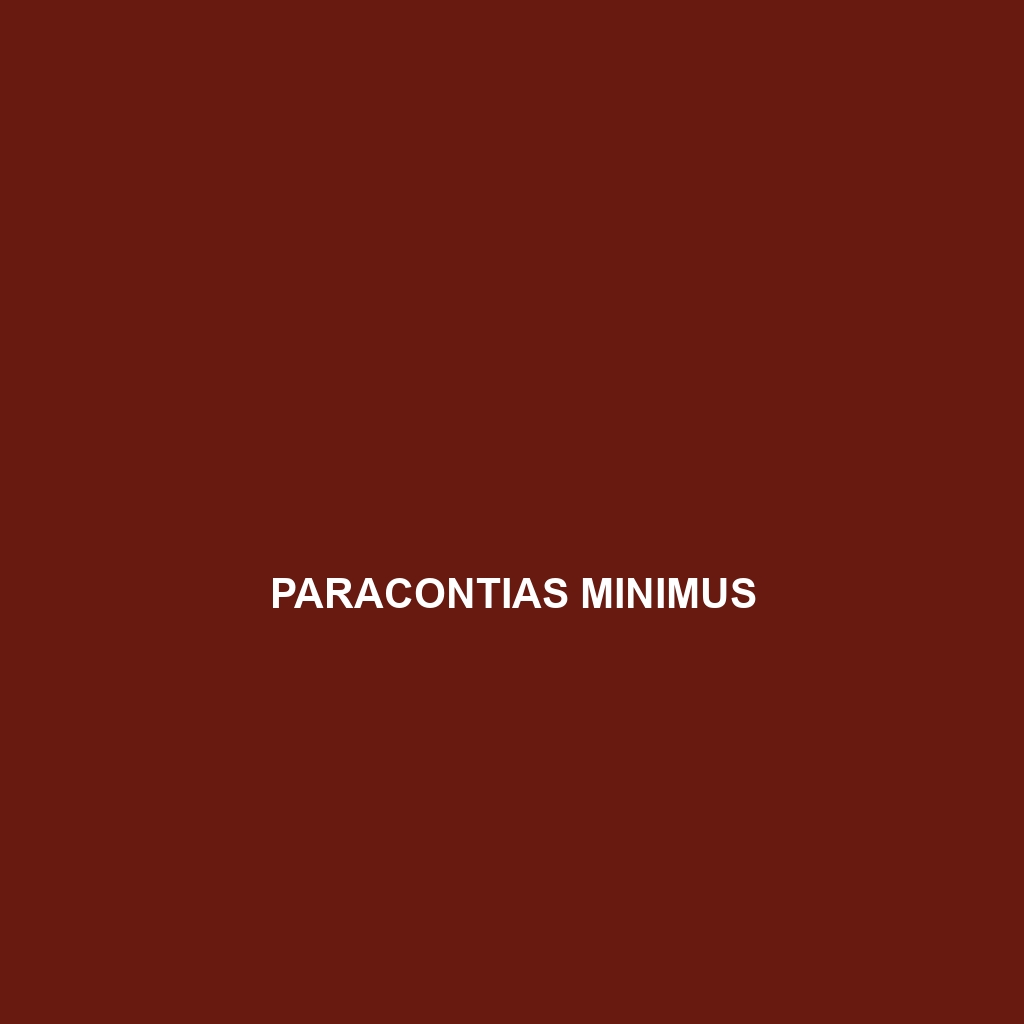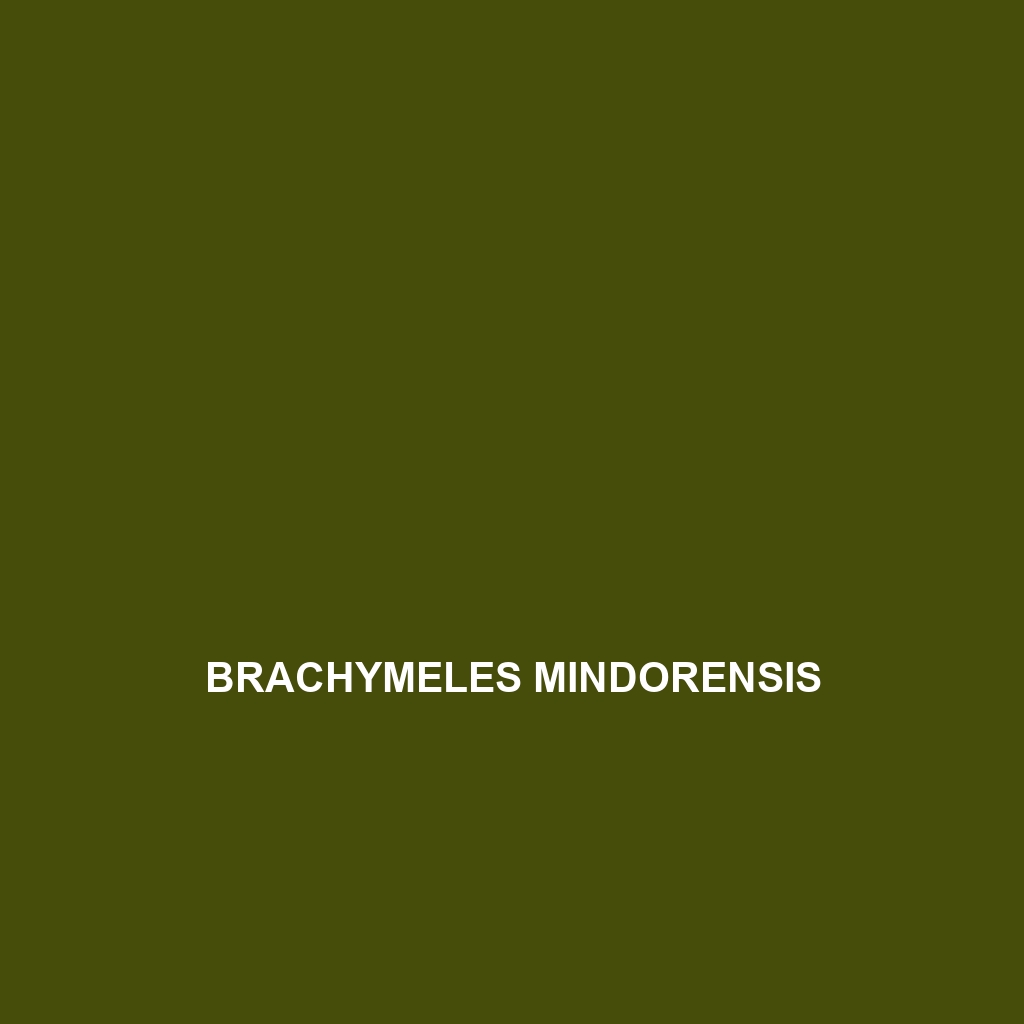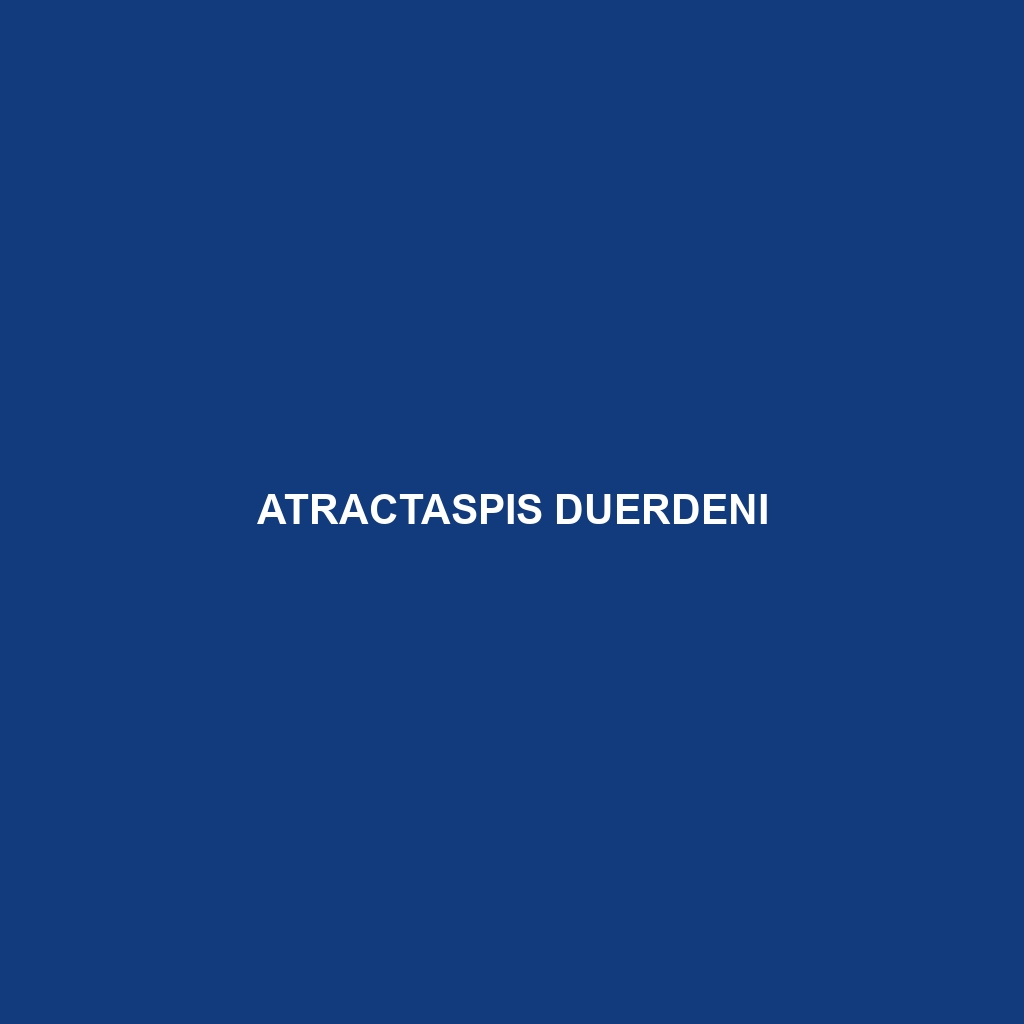Discover the unique Ramphotyphlops suluensis, or Sulu blind snake, native to the lush Sulu Archipelago in the Philippines. Measuring 20 to 30 cm, this fossorial species is characterized by its smooth, cylindrical body, reduced eyes, and a diet consisting mainly of small invertebrates, playing a vital role in maintaining ecological balance.
Tag: fossorial behavior
Paracontias minimus
Discover the fascinating Paracontias minimus, a small, slender skink measuring 10 to 15 cm, primarily found in Madagascar's humid rainforests and dry deciduous forests. With its nocturnal and fossorial behavior, this insectivorous reptile plays a vital role in maintaining ecosystem balance by controlling insect populations and aerating the soil through its burrowing activities.
Lerista gascoynensis
The Lerista gascoynensis, or Gascoyne Lerista, is a small, legless skink endemic to Western Australia's arid regions, renowned for its burrowing habits and distinct sandy brown coloration. These nocturnal insectivores play a crucial role in their ecosystem by controlling insect populations and contributing to soil health through their burrowing activities.
Dibamus ingeri
Dibamus ingeri is a legless lizard native to the tropical rainforests of Southeast Asia, measuring 20 to 30 cm with smooth, shiny skin and a diet primarily consisting of small invertebrates. Listed as vulnerable due to habitat loss, this solitary species plays a crucial role in soil aeration and pest control while exhibiting fascinating regeneration abilities.
Chamaesaura anguina
Discover the intriguing Chamaesaura anguina, known as the Southern African legless skink. This 15 to 25 cm-long skink features a streamlined body, smooth scales, and a diet primarily consisting of insects, playing a vital role in its ecosystem while thriving in the sandy savannas of southern Africa.
Calamaria lovii
<div>Discover the <b>Calamaria lovii</b>, or Lovis' Snakeneck, a unique fossorial snake native to Southeast Asia's humid tropical forests, characterized by its slender, elongated body and vibrant coloration. This secretive species plays a vital role in its ecosystem by controlling invertebrate populations and is currently classified as Vulnerable due to habitat loss.</div>
Brachymeles mapalanggaon
Discover the Brachymeles mapalanggaon, a slender and elongated lizard native to the lush forests of the Philippines, particularly in Mindanao. Known for its distinct brown and green coloration and fossorial behavior, this nocturnal species plays a crucial role in controlling insect populations while thriving in humid, biodiverse environments.
Bipes biporus
Discover the fascinating Bipes biporus, a unique fossorial species native to the arid regions of northwestern Mexico, characterized by its elongated limbless body, nocturnal behavior, and diet consisting primarily of small invertebrates. This vulnerable species plays a crucial role in maintaining ecological balance while thriving in sandy, desert habitats.









